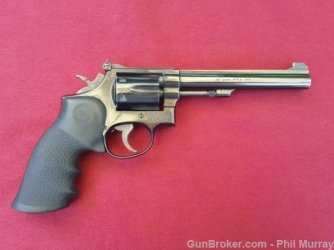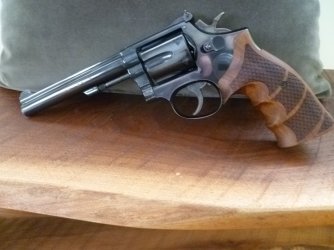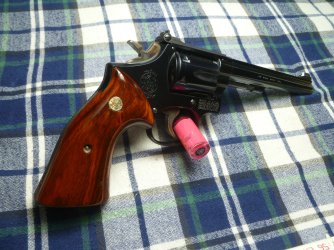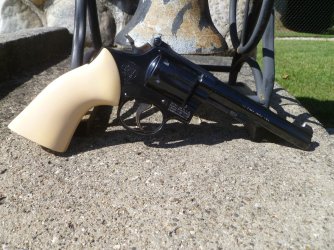Hello
I am new to revolvers , so I would like to ask for some advice.
I have a chance to buy a Model 17. I also have choices of a -2,-3, and-4.
Each are equal in condition 96%-97%. All have the target trigger and target hammer.
1. Is one model varient better than the other?
2. What is the better choice knowing that they are equal in condition.
I am not using this to collect, I plan to shoot it.
Thank you in advance for your response.
I am new to revolvers , so I would like to ask for some advice.
I have a chance to buy a Model 17. I also have choices of a -2,-3, and-4.
Each are equal in condition 96%-97%. All have the target trigger and target hammer.
1. Is one model varient better than the other?
2. What is the better choice knowing that they are equal in condition.
I am not using this to collect, I plan to shoot it.
Thank you in advance for your response.




